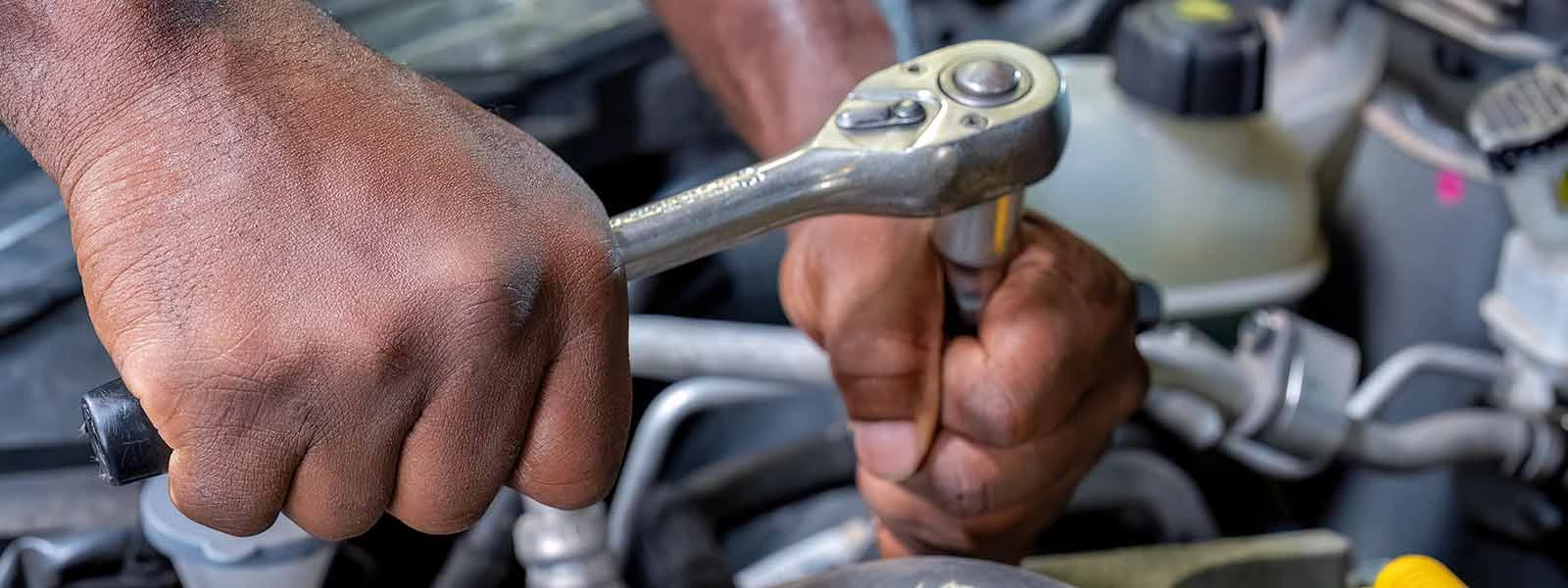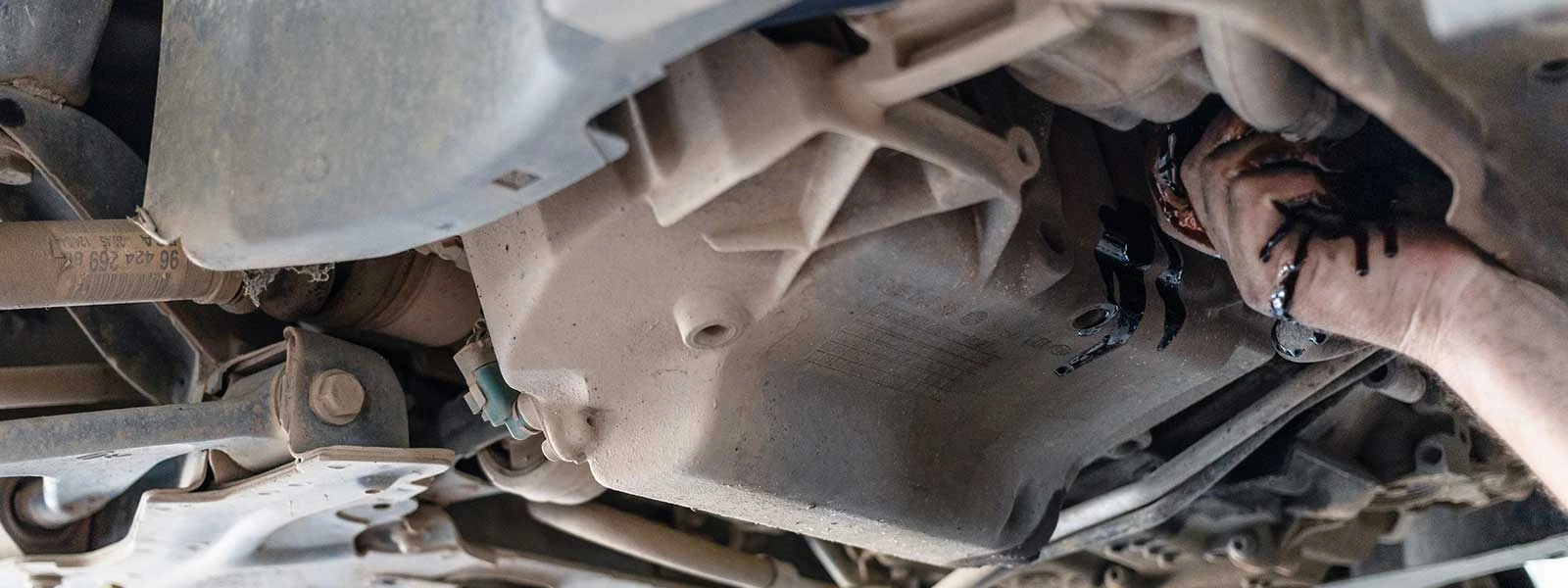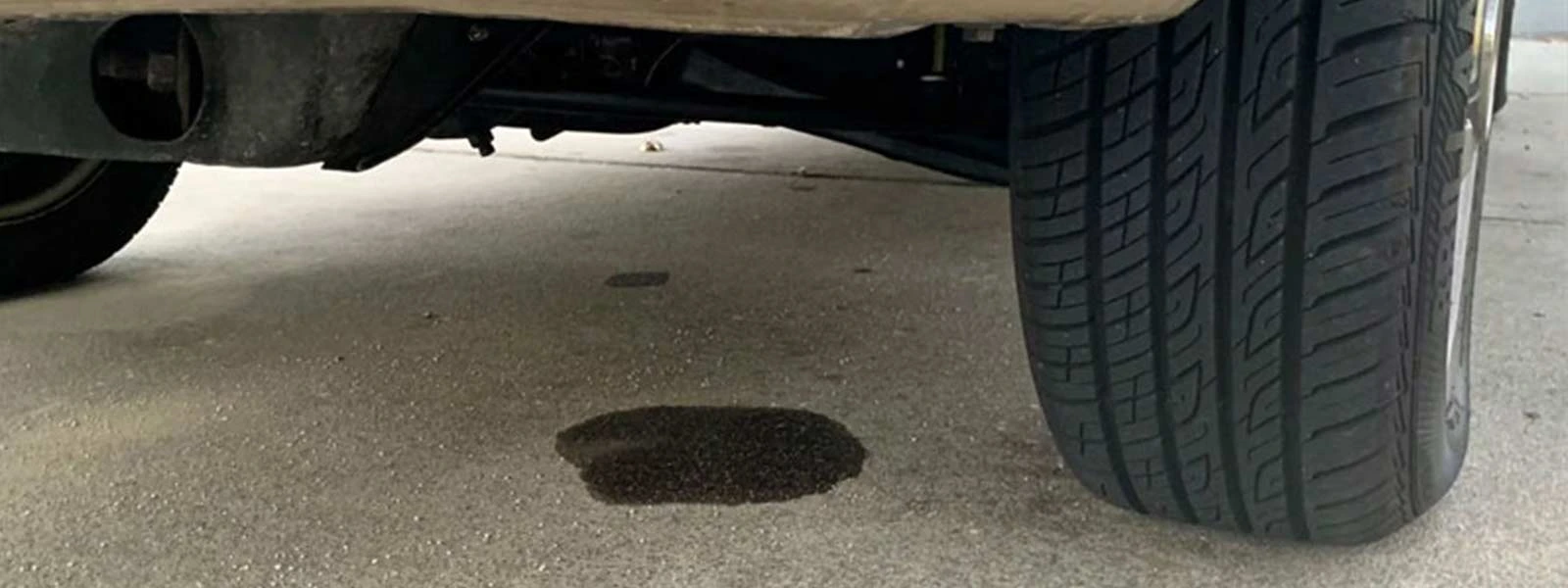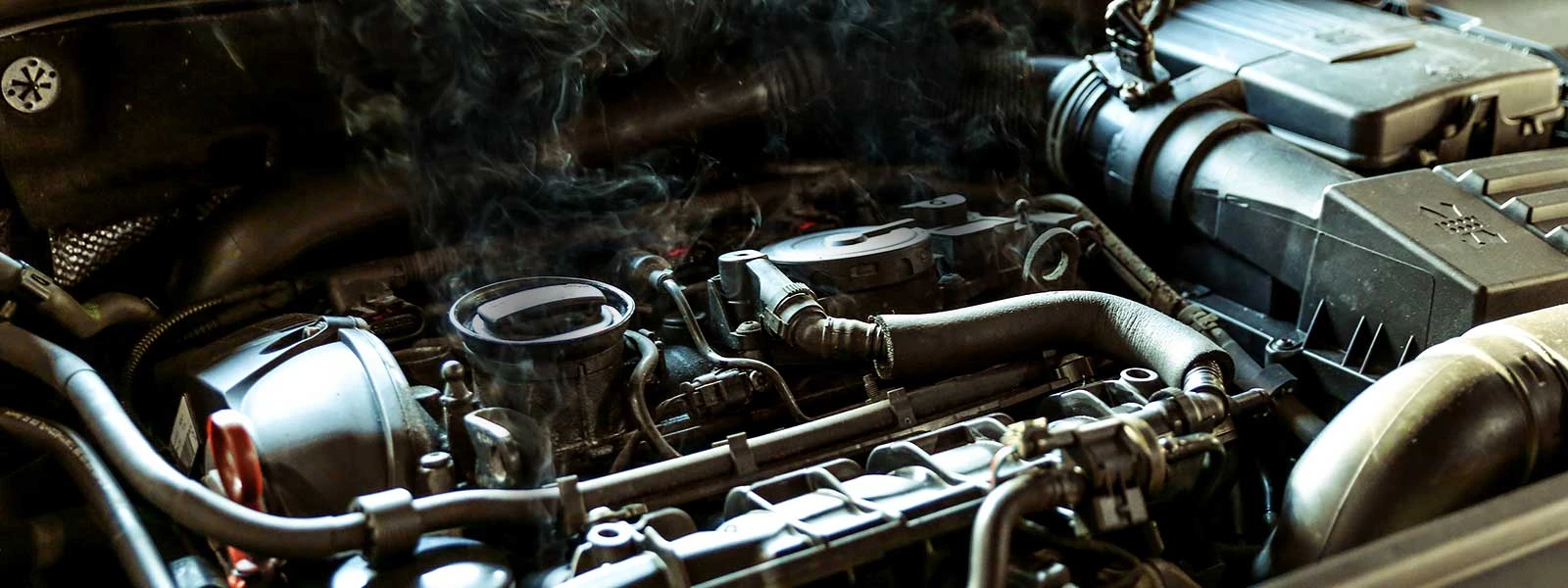What Causes Oil Pan Gasket to Leak?

Discover the culprits behind oil pan gasket leaks, such as different temperatures, inappropriate or incorrect gasket sealer, and unclean contact points. Timely maintenance and addressing these causes can prevent expensive repairs.
The oil pan gasket’s main role in a car is to stop the engine from leaking when it travels from the pan to the engine and then back to the oil pan by sealing the oil pan to the engine block's bottom. Every vehicle can have an oil leak. The material of the oil pan gasket mainly depends on the material of which the oil pan is made. For example, if the oil pan is made of aluminum, it uses a liquid silicone-made gasket, whereas if the pan is made of steel, it will use a rubber gasket. The oil pan gasket or the oil pan itself is mainly the source of oil leaks. The material of the oil pan gasket mainly depends on the material of which the oil pan is made. For example, if the oil pan is made of aluminum, it uses a liquid silicone-made gasket, whereas if the pan is made of steel, it will use a rubber gasket.

Causes of Oil Pan Gasket to Leak
• Different Temperatures
One of the leading causes of oil pan gasket leaking is temperature changes. When the car is standing idle or off, it is cold, when you start the car or it is moving, it gets hot. These different temperature changes cause the metal parts in the engine part to completely sandwich the oil pan gasket. The metal components expand and contract the oil pan gasket at various intervals, making a gap in the oil pan gasket. This gap in the oil pan gasket causes the oil leak. This is one of the most common causes of the oil pan gasket leaking.
• Loose or Untightened Bolts
If the bolts start to lose or get untightened then the oil pan gasket is not able to keep its seal fully intact. The different heat levels at different intervals cause the loosening of bolts. The bolts must be tightened to their full level to prevent this from happening. Many different bolts are used in the engine part, each of which has its own importance and use.

• Inappropriate or Incorrect Gasket Sealer
Another reason for the oil pan gasket leakage is the incorrect or inappropriate size or shape of the gasket sealer. Different cars have different sizes of gasket sealers. If you put an incorrect gasket sealer, then it will cause the leaking. You should always follow the manufacturer’s guidelines related to the gasket. If the seal is loose or not correctly fitted, it can also cause the oil to leak.
• Unclean Contact Points
The oil pan and the engine surface where the gasket is to be mounted need to be completely clean before fitting an oil pan gasket. If the engine surface is dirty and contact points are filled with dirt and mud, then the gasket will not have a proper fitting, and you will have an oil leakage. Even if you correctly install the gasket or bolts, leaks will occur if the surfaces are not clean of oil and dirt.

Symptoms of Oil Pan Gasket Leaking
• Frequent Low Oil Level
If you check your car’s oil level at different intervals and notice a frequent low oil level, then this is a symptom of the oil pan gasket leaking. The oil might be leaking from the gasket installed. You should constantly check the status of the oil in your car through the dipstick in your engine. Sometimes a weak engine can also be the reason for the low oil level. So, to save yourself from this confusion, get a solid oil pan gasket and get it rightly fitted by a professional mechanic.
• Oil Stains Under the Car
The unexpected appearance of an oil stain in your garage is another indication that there may be an oil pan leaking, maybe from the below gasket. This leaked oil reduces the oil in the engine of the car. In many instances, examining the extent of such stains might reveal the severity of this leak. A leak of this kind typically gets bad the bigger the stain is. Similar to the oil loss stated above, an oil patch in your driveway is not a good indicator of where the vehicle's oil is actually leaking from. However, it raises some more questions about the durability of other gaskets installed in the engine part, especially the oil pan gasket. So, you should always check for oil stains under your car.

• Oil Burning Smell
Another symptom of the oil pan gasket leak is the burning smell of oil. If the oil pan gasket leaks, it presents a smell of oil burnt by the engine. If the leaking of the gasket gets worse, then the smell of the burning oil also gets more robust. Heated to high temperatures and getting in touch with the outside of the engine, this oil sends a strong smell that can be easily smelled by anyone approaching or crossing nearby.
• The Undercarriage of the Engine Coated with Oil
If oil leaks due to the oil pan gasket, you will see an oil coating in the undercarriage of the engine. When a car is moving, the leaking oil flows backward due to air which causes the oil coating under the engine. This oil spreads more widely as the severity of the oil leak increases. And the high temperature of the car causes the smell due to the burning of oil.

• Red Oil Light
Most contemporary cars have low oil light on their instrument cluster that turns on if there has been a considerable loss of oil. This indicator frequently doesn't turn on until the oil level in an engine has dropped dangerously low. Therefore, as soon as one notices the illumination of this light, they should stop and turn off their car. By doing this, you might be able to prevent severe damage to your engine. In almost all cars, the oil light blinks in front of your steering, where the speedometer is placed.
• Smoke
The oil gets burned by the heated engine. This heating frequently results in some smoke as a consequence. As a result, oil leaking, such as oil leaking from a bad oil pan gasket, is frequently highly heated to produce a significant amount of smoke. This smoke often indicates without a doubt that a significant oil leak is present. You will see black smoke coming from the engine.

Time Required to Replace a Faulty Oil Pan Gasket
A faulty oil pan gasket can be replaced by both a professional mechanic and a layman. To replace a faulty oil pan gasket, you can watch or read different manuals that provide a step-by-step procedure. The time required by a professional mechanic to replace an oil pan gasket is around two hours to three hours. Whereas if an inexperienced person tries to replace the oil pan gasket, the time required is around four to six hours.

Frequently Asked Questions
Is A Gasket Leak in The Oil Pan Dangerous?
Engine oil and coolant help to lower friction and preserve the normal engine temperature. When an engine overheats due to oil leaks that continue until the level falls below the normal gauge, additional engine parts suffer severe damage if the problem is not addressed quickly. So always keep an eye on all the symptoms of oil leaking.
What Happens If an Oil Leak is Not Fixed?
If you detect a drop in engine oil, your engine won't run as well as it should because an engine needs oil to move all its parts and avoid friction easily. If you keep using your car without a low oil level or oil leaking, your engine will overheat and cause engine failure. So always make sure your oil should leak, and the oil level in the engine should be to the full level.
How Far a Car Goes with an Oil Pan Gasket Leaking?
The ideal solution is to only travel a short distance to reach a location where you can get the leak of your car checked and get it resolved. If you have to drive with a leaky oil pan gasket, you should closely watch your oil level. In case you need to top it off, bring additional oil with you. A fire extinguisher can also be something you want to carry. No one can tell you about specific kilometers a car can travel with an oil pan gasket leaking.

Conclusion
Now, as you have seen the causes of oil pan gasket leakage, it is your duty to make sure you keep an eye on all the symptoms of oil pan gasket leakage and if you see any symptoms, then get it repaired before time. Oil pan gasket leakage can cause severe damage to your car’s engine. You should try to take precautionary measures to prevent all the causes of the oil pan gasket leaking. To save yourself from all the hassle and huge charges, you should get your car properly maintained and make sure all the bolts and gaskets of the engine part are rightly fixed and tightened.
















